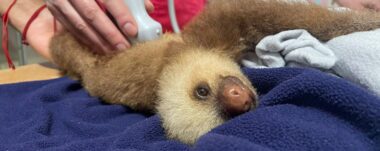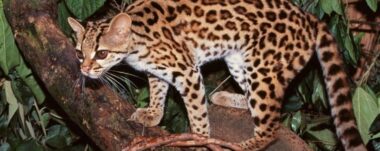Salamanders of Costa Rica: biodiversity and fragility of the páramo
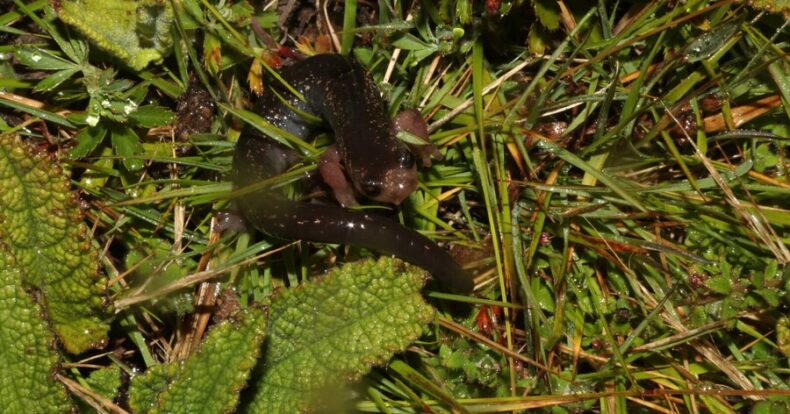
Salamanders of Costa Rica: Scientists from the University of Costa Rica (UCR) identified a new species of salamander endemic to Chirripó National Park (PNCH), named Bolitoglossa chirripoensis.
The initial discovery occurred in 2019, but after five years of morphological and genetic analysis, researchers were able to officially confirm that it is a distinct species. This discovery once again highlights the biological richness and uniqueness of Costa Rica’s high mountain ecosystem.
A unique salamander from the páramo ecosystem
Jeremy Klank, a biologist at the UCR and part of the research team, explained that Bolitoglossa chirripoensis is distinguished by its medium size and robust build, its dark coloration with golden spots on its back, and small white spots along its body and tail.
Although other species from the same group inhabit the Talamanca highlands, genetic analysis has shown that this species is completely different from its close relatives.
Klank worked alongside researchers Erick Arias, from the School of Biology, and Gerardo Chaves, from the UCR Zoology Museum. All three agree that this salamander should be classified as vulnerable by the International Union for Conservation of Nature (IUCN) due to the fragility of its habitat.
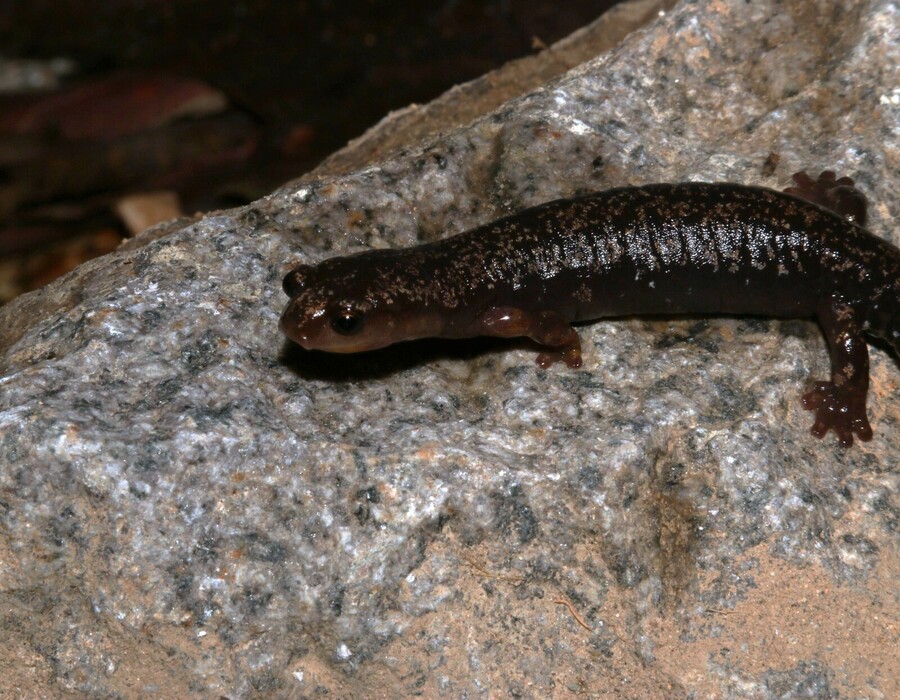
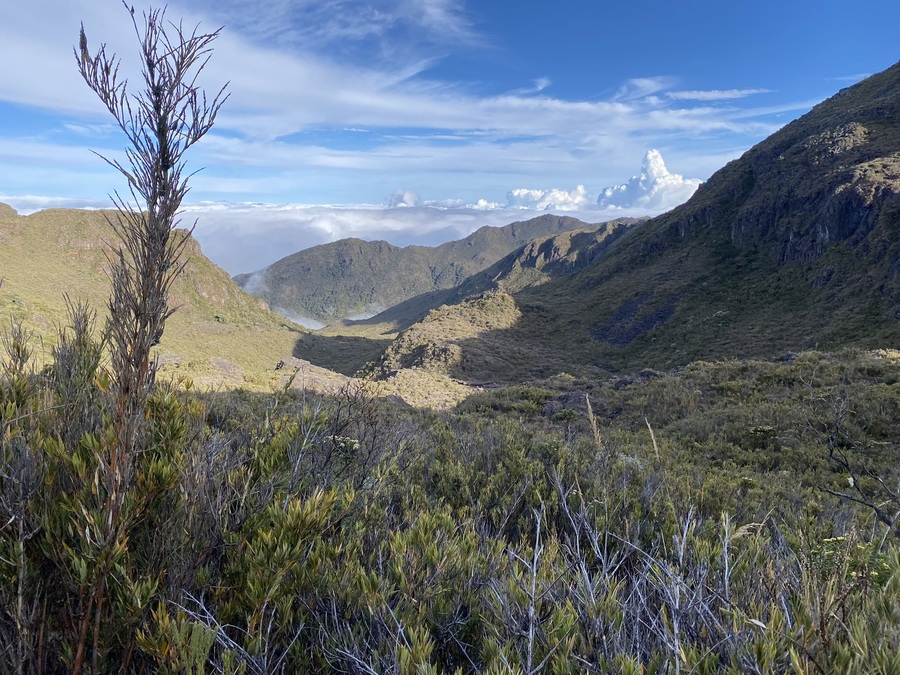
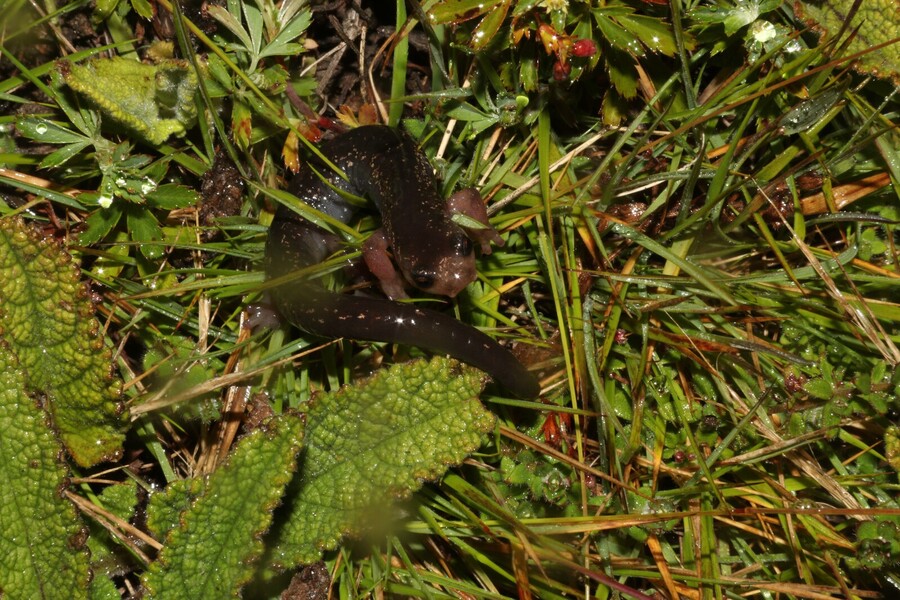
A home at risk
The páramo of Chirripó, is a very unique ecosystem: cold, humid, and treeless, with shrubs and grasses adapted to the harsh conditions of high altitudes. However, this natural beauty faces serious threats.
The páramo is prone to forest fires, and a single fire in Chirripó could completely wipe out the population of Bolitoglossa chirripoensis. “Any species that lives on mountain peaks is critically endangered,” warns Arias.
Salamanders also have biological limitations that exacerbate their vulnerability: they grow slowly and reproduce infrequently and in small numbers.
Tourism and conservation
Members of the UCR team have been in talks with officials from the National System of Conservation Areas (SINAC) to promote responsible tourism practices in the PNCH. The high influx of visitors can directly affect the species, as many salamanders live under rocks or in small holes in the ground.
The movement of rocks, soil compaction, and the creation of trails can destroy their natural shelters. In places like Cerro de la Muerte, some tourists even lift rocks to photograph salamanders, a practice that experts strongly advise against.
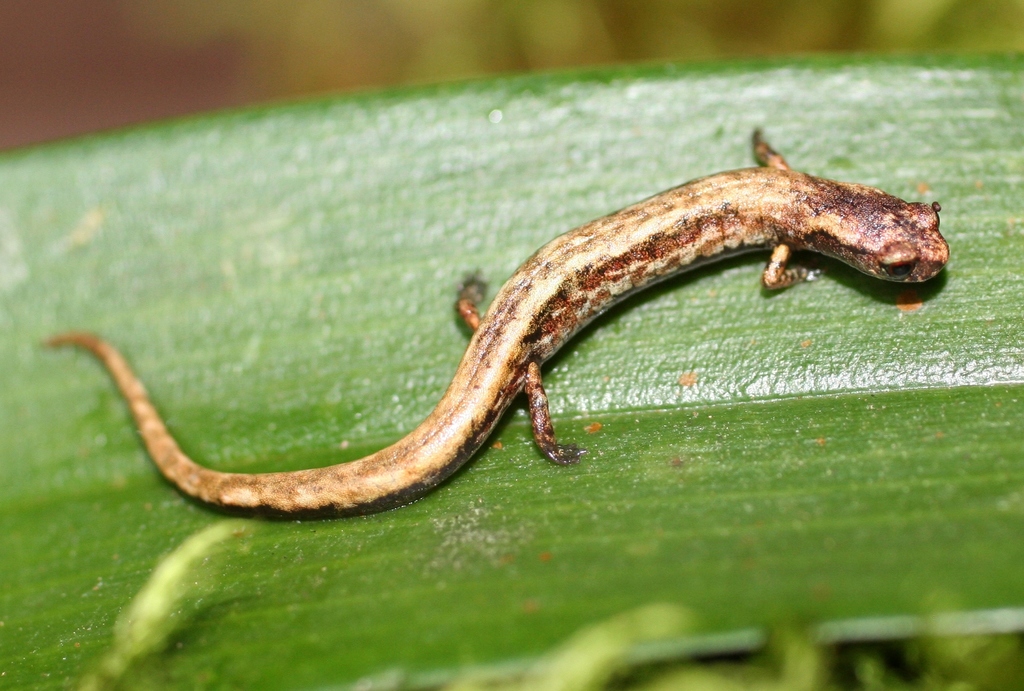
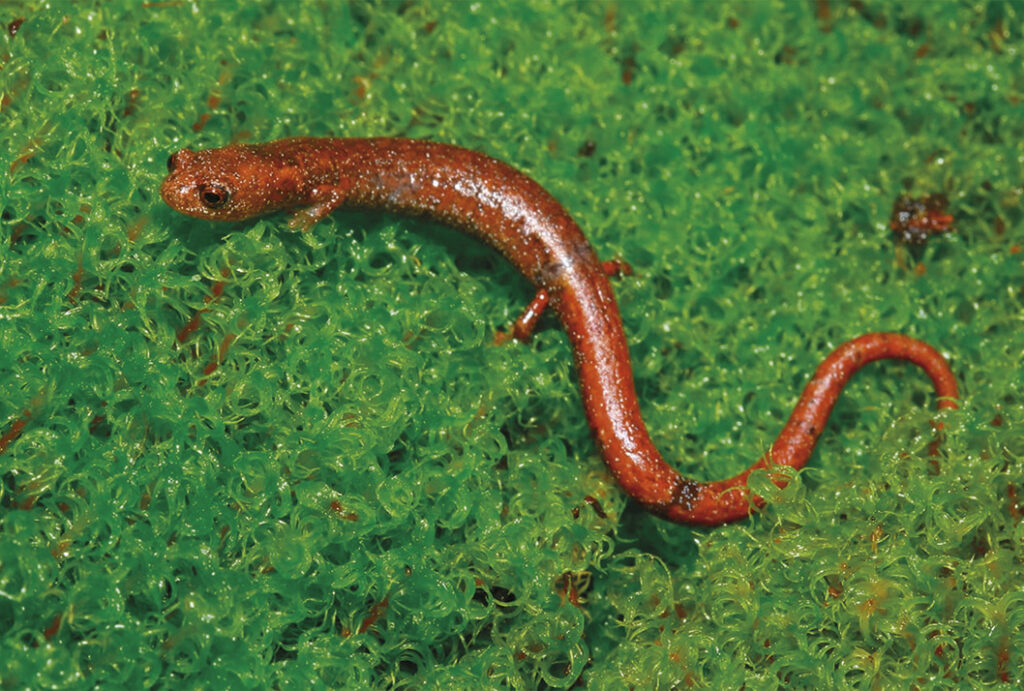
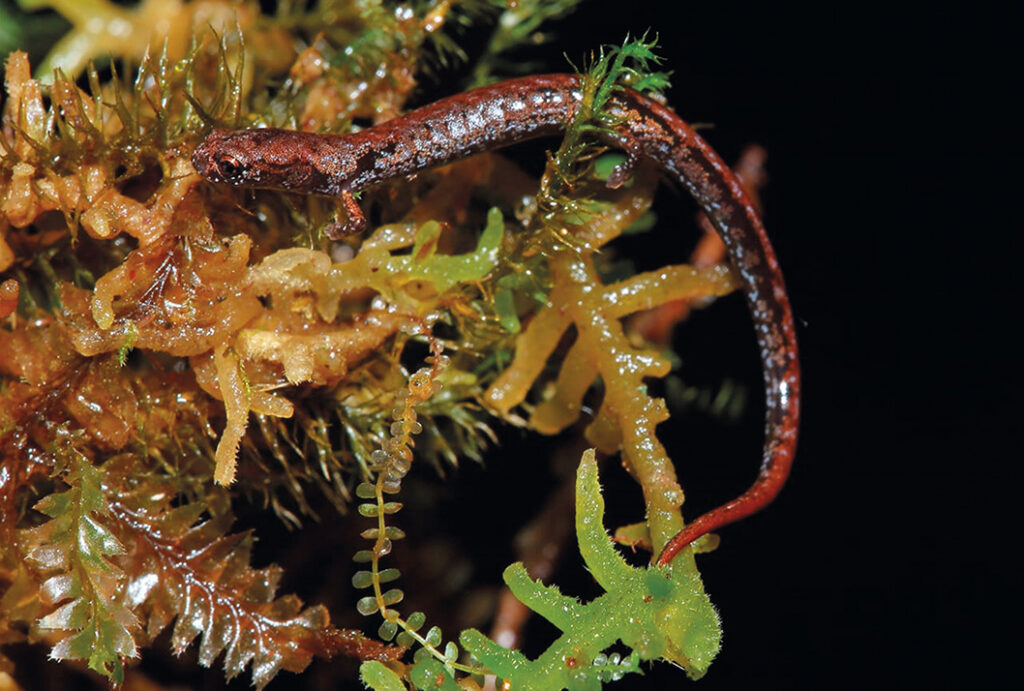
A decade of discoveries
The discovery of Bolitoglossa chirripoensis is part of an ambitious research project launched in 2012 by the UCR School of Biology and independent collaborators, with the aim of gaining a better understanding of the diversity of salamanders in the country.
The team, made up of Brian Kubicki, Aura Reyes Suazo, and Erick Arias, has described five new species in the last decade. In 2022, they published their findings in the scientific journal Zootaxa, where they proposed a new subgenus and detailed four previously unpublished species of the genus Nototriton.
Costa Rican salamanders belong to the family Plethodontidae, divided into three genera: Bolitoglossa, Oedipina, and Nototriton. The species of the latter are tiny, barely three centimeters long in their adult stage, and live between 1,000 and 1,600 meters above sea level, distributed from Guatemala to Costa Rica.
Salamanders of Costa Rica: diversity
Costa Rica is the fifth most diverse country in the world in terms of salamander species, surpassing even much larger nations.
If we are still finding new vertebrates, imagine how many insect species remain to be discovered.
Among the recently described species of Nototriton are:
- Nototriton costarricense, found near the border with Panama.
- Nototriton vereh, discovered in the indigenous area of Chirripó.
- Nototriton kenorum, from Turrialba.
- Nototriton lateomuscus, from San Ramón de Alajuela.
- Nototriton maximo, found in Monteverde and Rincón de la Vieja.
Sensorial Sunsets
Navigate articles




